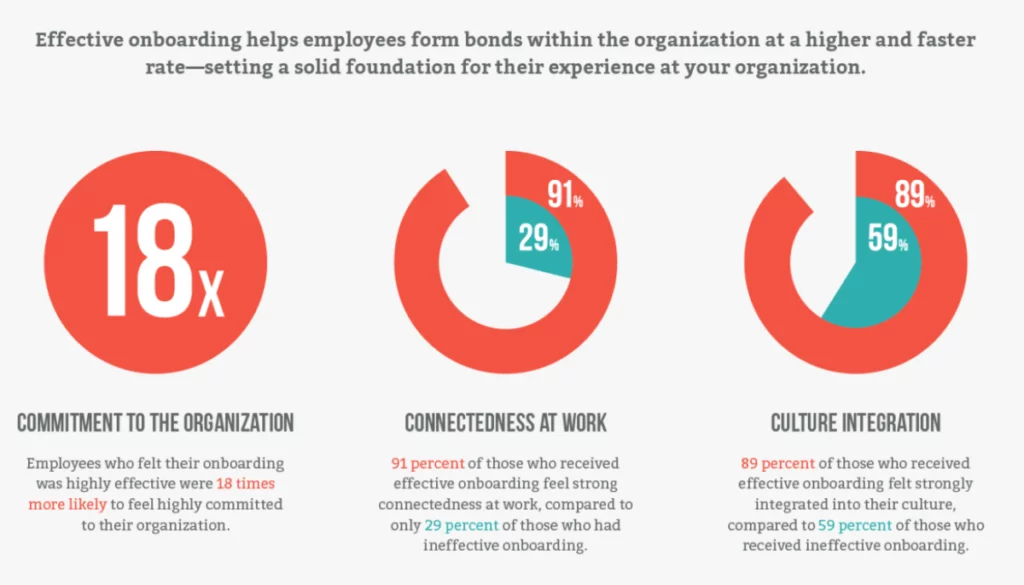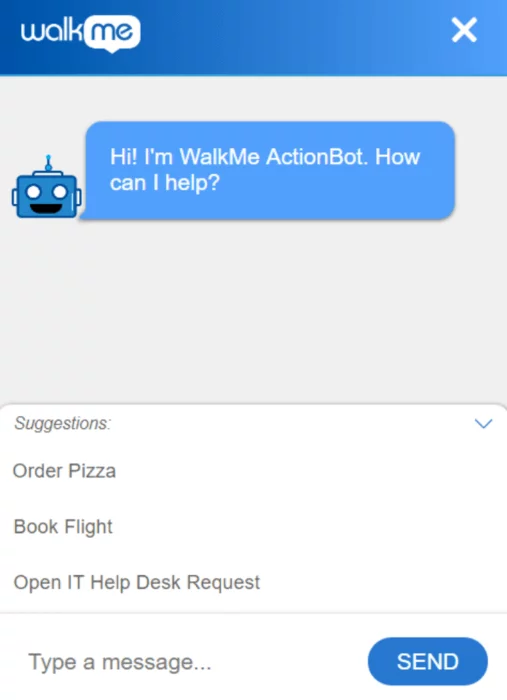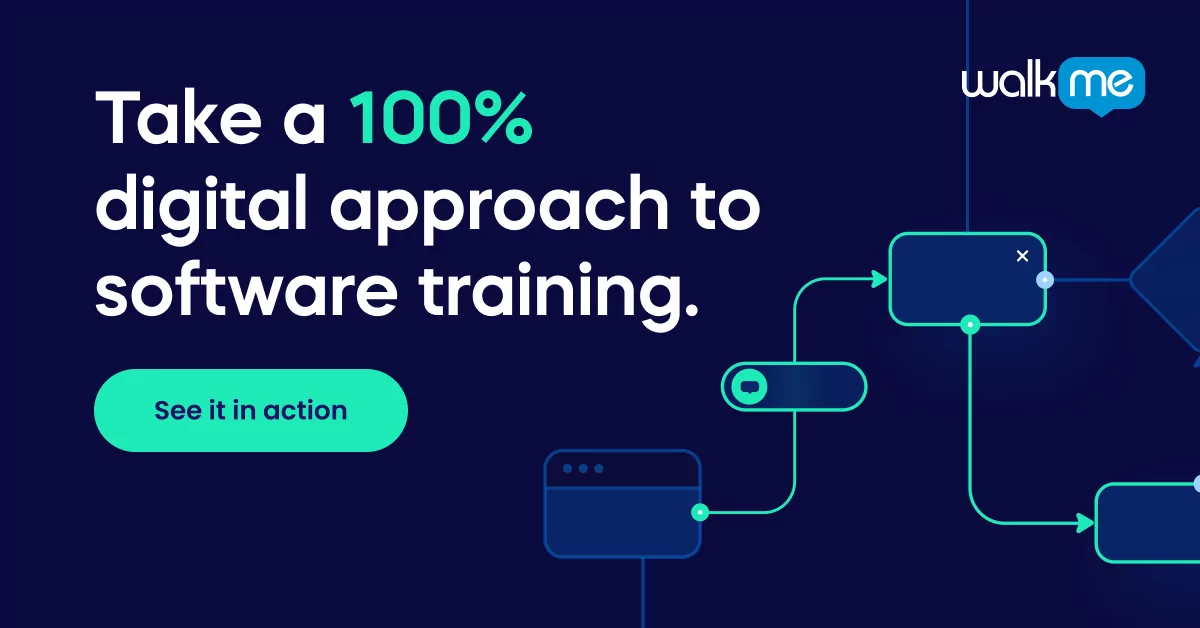The right user onboarding software can dramatically boost the chances users will adopt an application and become long-term users.
As product creators know, no business can successfully convert 100% of their new sign-ups to new customers.
One big reason for this is the software itself.
Every app or platform comes with a new interface, new features, and a learning curve, on top of the sign-up process itself. These sign-up steps, combined with the software’s learning curve, can intimidate and even frustrate new users, especially if the app offers no messaging, guidance, or training.
User onboarding software specifically tackles these problems, as we’ll discover below.
What to look for in user onboarding software
In most cases, users who don’t complete the onboarding process won’t return. Product teams should assume, therefore, that they only have one chance to onboard their new sign-ups.
To minimize abandonment, onboarding flows should seamlessly guide users from sign-up to the “Wow!” stage quickly and easily.
This means removing roadblocks and extra steps, while offering contextual guidance, cues, and tips – and this is where onboarding software comes in.
The benefits of user onboarding software
User onboarding software uses messaging, in-app guidance, and contextual cues to keep users engaged and interested as they begin using an application for the first time.
Among other things, onboarding software can:
- Reduce confusion
- Remove obstacles to adoption
- Shorten learning curves
- Decrease abandonment rates
It is important to realize that these benefits can be achieved for any user base, whether they are consumers or employees.

Onboarding software for consumers
Though many consumer-oriented apps are less complex than B2B platforms, onboarding is just as important. After all, the everyday user is busy and saturated with noise from other apps, competitors, and life.
A user onboarding tool can:
- Introduce the software through a quick product tour
- Teach users basic workflows through automated software tutorials
- Help new users realize the software’s value promise
- Streamline and simplify the software experience
Consumer-facing apps are only one segment that can reap the rewards of effective onboarding tools – another important use case is employee onboarding.
Digital employee onboarding software
In the digital workplace, software onboarding is a crucial stage in the employee life cycle. Employee productivity, after all, depends directly on how well they can use a software platform.

Yet onboarding doesn’t just apply to new hires, it also applies to existing employees. Every time a business adopts new technology, existing employees must be onboarded and trained. Also, every time a new platform receives a significant upgrade, employees must learn new features and workflows.
In the enterprise, user onboarding and training software can:
- Decrease time-to-competency and time-to-productivity
- Improve overall software proficiency
- Boost software utilization and ROI
- Minimize software-related frustration
An effective onboarding solution can help shrink the digital skills gap, improve employee productivity, fuel innovation, and, ultimately, enhance organizational performance.
Onboarding with digital adoption platforms (DAPs)
The market is full of user onboarding solutions, but many of them specifically focus on certain elements of the onboarding process, such as messaging. Others will offer several user onboarding features, but neglect different stages in the digital adoption process, such as training and development.
Digital adoption platforms (DAPs) encompass all of these functions, starting from the moment users first open an application.
WalkMe’s platform, for instance, guides users through every step of the onboarding process, then continues to offer them guidance and training throughout the user life cycle. Not only does this improve onboarding metrics, it also enhances long-term engagement, productivity, and performance.
The WalkMe platform offers a few key features that improve the user experience throughout the user journey:
Product tours. Product tours offer a high-level overview of a product’s features. These can be used right after sign-up to help familiarize new users with a product’s interface and tools. They can also be used as part of the marketing funnel – some apps, for instance, provide interactive product tours on their websites.
Contextualized guidance and self-service functions. Through onboarding and beyond, users will be supported by context-based tips and tutorials. WalkMe ActionBot even allows users to automate tasks through a chat interface.

In-app walkthroughs. Software walkthroughs take users through a series of steps required to complete a specific task. Walkthroughs can help new users learn a program and become productive, starting from their first day on the job.
Broadcast messaging. Broadcasts can be a useful way to communicate with an entire user base or a specific segment of users. In onboarding, messages can greet new users, solicit feedback, highlight new features, and more.
Software analytics. Analytics offer crucial insight into user behavior and sentiment. Without analytics, onboarding specialists won’t be able to understand or improve the onboarding process.
User onboarding software is pivotal
Onboarding marks the beginning of a customer’s journey with a product and, by extension, a brand. The same can be said for employee onboarding, which for new hires can determine their retention rate at a company.
Every effort should be made to start that relationship off on the right foot, then to provide a stellar user experience throughout the user journey – and choosing the right onboarding software is the best place to start.


